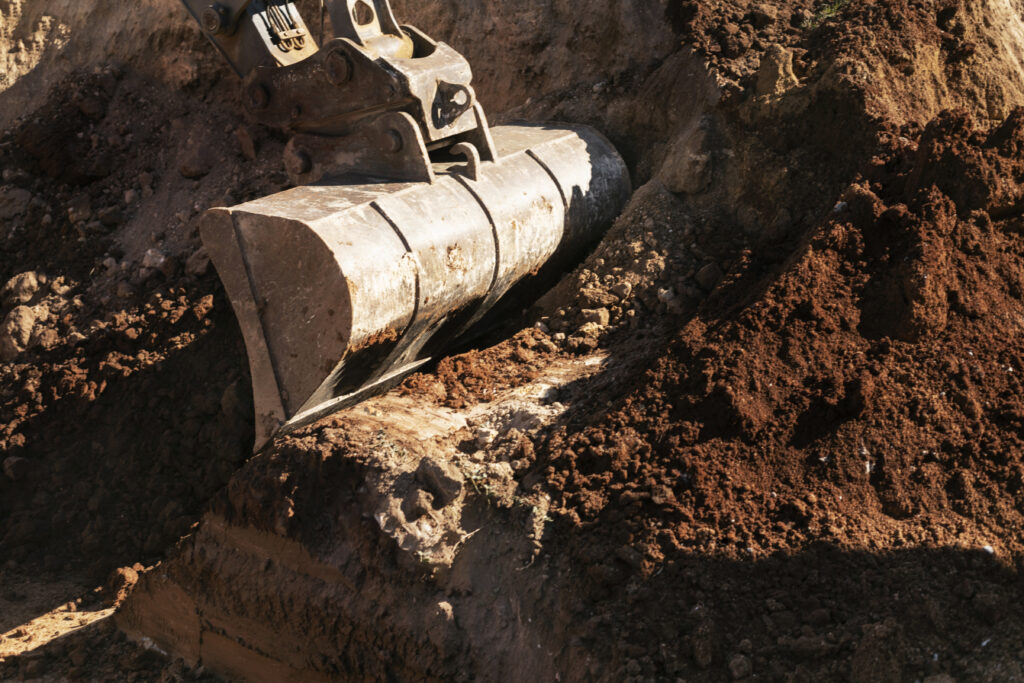
Imagine a system designed to protect critical infrastructure yet burdened by inefficiencies, soaring costs, and reactive management. For many organizations, dig programs—key to maintaining the safety and functionality of pipelines and infrastructure—face these exact challenges. However, a new era of optimization is transforming these programs into streamlined, proactive systems driven by advanced planning, real-time data, and strategic collaboration.
The stakes for dig programs couldn’t be higher. In industries like oil and gas, a single integrity issue can result in catastrophic financial losses, environmental damage, and reputational harm. Beyond addressing immediate risks, optimizing dig programs is about building resilience, ensuring cost-effectiveness, and securing the long-term viability of critical infrastructure. By rethinking outdated approaches, organizations can achieve groundbreaking results.
For many companies, inefficiencies in dig programs stem from reactionary processes and fragmented communication. Teams often operate in silos with little visibility beyond short-term plans. Contractors, left unchecked, can drive up costs and miss critical deadlines. These issues create a cycle of inefficiency, leading to inflated budgets and wasted resources. But optimization offers a way out. By addressing structural gaps and leveraging smarter strategies, organizations can turn these programs into efficient, cost-effective operations.
Central to this transformation is a shift from reactive to proactive planning. Advanced tools like predictive modeling enable organizations to forecast dig volumes, budgets, and resource needs with remarkable accuracy. By analyzing data from inline inspections, historical trends, and fieldwork, teams can develop long-term strategies that anticipate issues and allocate resources effectively. This foresight reduces idle time and ensures projects are executed with precision, cutting down on waste and delays.
Data is the backbone of any optimized dig program. Real-time insights from sensors, project management software, and field reports provide a comprehensive view of operations. This data-driven approach allows organizations to identify inefficiencies, such as recurring rework or bottlenecks, and implement targeted improvements. For example, by tracking dig cycle times and contractor performance, teams can pinpoint delays and adjust workflows to compress timelines.
Contractor management is another critical element of optimization. Historically, many organizations relinquished control over costs and schedules, leaving contractors to dictate terms. Optimization reverses this dynamic. Standardized pricing, clear scopes of work, and performance tracking tools ensure contractors are held accountable and aligned with organizational goals. Lump-sum contracts, informed by real data, further drive efficiency and cost savings.
Beyond tools and processes, successful optimization requires a cultural shift. Teams must embrace proactive management and continuous improvement. Field managers, empowered with real-time data and clear guidelines, can address issues before they escalate, enhancing safety and efficiency. This cultural change fosters collaboration and accountability, creating an environment where everyone is focused on achieving the best outcomes.
The results of dig program optimization are transformative. Some organizations have achieved cost reductions of over 50%, along with shorter project timelines, improved safety, and reduced risks. These programs not only address immediate needs but also position organizations for future success. With the right strategies, tools, and mindset, dig programs can become models of efficiency and effectiveness—ensuring infrastructure integrity while minimizing costs and maximizing impact.

